Do you think your mother slept with T.S. Eliot? That was the question I needed to ask the 98-year-old in front of me. It wasn’t easy. I’d never met him before. After some preliminary chat, though, I realised this affable man knew exactly where our conversation was heading and had pondered the question a good deal himself.
The barrister Jeremy Hutchinson — Baron Hutchinson of Lullington — was the son of Mary Hutchinson, Eliot’s close friend. Infatuated with the poet for a time, she had met ‘Tom’ and his wife Vivien before Vivien’s adultery with Bertrand Russell, and some years before the publication of The Waste Land in 1922. When I spoke to Jeremy Hutchinson, he was the only person still alive who remembered the young, London-based American Eliot in the period before the publication of his most famous poem.
Hutchinson thought his mother had not slept with Eliot. Her memoir implies their relationship was full of ‘what ifs’. By the time Jeremy spoke to me, it was clear from Eliot’s published letters that the poet had committed adultery, but not evident with whom or when. Could it have been with Emily Hale, the woman he had fallen in love with in America before he left in 1914, and to whom he wrote more than 1,100 letters throughout six decades? Or was it with someone else?
In a sensationalising 2007 biography of Nancy Cunard, Lois Gordon suggested Eliot had an affair with the socialite Cunard, sometimes seen as the original of ‘the amorous Fresca’, a sybarite who features in The Waste Land’s manuscripts. Eliot is not just one of the greatest poets. He is also a great poet of love gone wrong. His work, which grew darker around the time of Vivien’s adultery, is powered by suppressed passion. So his love life is bound to be of interest.
Vivien Haigh-Wood (1888-1947), who married Eliot in 1915, has long fascinated readers. She supported Eliot’s talent, enthusing over The Waste Land even when it seemed to communicate the nervy conflict of their disastrous marriage. Famously, she ended her days in an asylum after Eliot separated from her in 1933. Combining the roles of muse and Fury, she was, too, an author, publishing in her husband’s magazine the Criterion in the mid-1920s. To her 2001 biographer Carole Seymour-Jones, she was the wronged wife.
Seymour-Jones portrays Eliot as a cruel, repressed gay man, eager for affairs with male lovers and all too ready to have Vivien put away. Though, rightly, more recent biographers of Eliot have disputed Seymour-Jones’s narrative, it has had a tenacious grip, not least because Eliot himself wrote at times about guilty, wife-murdering men, and because the Hollywood movie Tom and Viv (based on a 1984 play by Michael Hastings) presents such a version of events.
Published by Faber, which is where Eliot worked for 40 years, and with co-operation from the T.S. Eliot estate (which is to bring out an annotated edition of Vivien Eliot’s complete diaries on the website tseliot.com), Ann Pasternak Slater’s ‘life and writings’ of Vivien Eliot is designed in part to correct such narratives. In many ways it does a fine job. Attentively scholarly, this edition of Vivien’s short stories, poems and fragments, some written with T.S.’s collaboration — or, at least, edited by him — makes available writings which have lain unpublished in the Bodleian Library and elsewhere, or that appeared in the Criterion but were never collected in book form.
The stories seem disconcertingly close to the Eliots’ home life — Vivien even provided a key that equates her characters with real individuals, including the Hutchinsons, her brother Maurice and her husband, ‘T’. Collating the jumble of pieces which forms the Bodleian archive, Pasternak Slater is meticulous. But just occasionally she misses things: Vivien’s mention of ‘immolation’ at a Hampstead birthday dance, apparently revised by her husband to ‘self-immolation’, might have been linked to the ‘self-immolating’ in ‘Exequy’, a poem he dropped from The Waste Land. Again, when in satirical verses co-authored by the Eliots, ‘Fresca’ mentions ‘Geo Moore’, it might have been worth pointing out that this strengthens the theory that ‘Fresca’ is Nancy Cunard — a woman scandalously associated with the Irish novelist George Moore.
Minor quibbles apart, though, this edition should become the standard one. Its ingenious arguments about how material in her husband’s handwriting may sometimes have been authored by Vivien (perhaps through dictation), and that handwriting and authorship should be separated, will keep scholars engaged.
Readers seeking lost masterpieces,however, may be disappointed. Pasternak Slater describes Vivien’s prose in one piece as ‘sub-modernist’, and elsewhere calls her ‘a minnow’ in comparison with better-known ‘Tritons’, including Evelyn Waugh and Virginia Woolf. Certainly, Vivien Eliot was no Katherine Mansfield; her enmity towards Mansfield barely conceals jealousy. At last, though, after almost a century, Pasternak Slater’s edition (comprising roughly 250 pages) does her writings justice.
The 500-page ‘life’ which precedes the edition is more awkward. Pasternak Slater gives almost no account of Vivien’s background, childhood or upbringing. Instead, she chooses to begin only when Vivien, in her mid-twenties, approaches her future husband’s orbit. This robs Vivien of dignity. Though the publisher presents this ‘biographical account’ as ‘impartial’, we’re told within its opening pages that Vivien is behaving ‘like Richmal Crompton’s Violet Elizabeth Bott, who knew how to ‘scream and scream till she made herself sick’.Vivien is ‘highly strung, rather spoiled’; she is ‘bossy and manipulative’; ‘it is hard to summon up much sympathy’. Her ‘transparent egotism is disconcerting’, whereas ‘Eliot is steadily, courteously uxorious’. The point is not that these judgments are wrong, but that they are unnecessarily heavy-handed, making it seem that Pasternak Slater is loading the dice against her subject from the start. This biographer is very judgmental — she criticises T.S. Eliot too — but it would have been fairer and subtler to give readers time to make up their own minds.
Comprising many short sections, and with its narrative punctuated by extended ‘notes’ on such topics as ‘Bertrand Russell’s relationship with Vivien’ and ‘Some of Vivien’s drugs and doctors’, the narrative is uneasily constructed. At the level of individual sentences, footnotes and mini-essays, Pasternak Slater is intelligent and sophisticated; but she lacks the architectonic power a good biographer needs, and appears to have had trouble shaping her material. The Fall of a Sparrow often seems like a volume for scholars, rather than a biography aimed at a wide readership. Unwisely, it ignores or sidelines key sources, including the Aurelia Bolliger archive at Bryn Mawr (which offers intimate accounts of the Eliots’ home life and even includes some of Vivien’s dresses) and the Emily Hale letters at Princeton.
Like so much else during the present pandemic, publication of this book (long in the making) has been delayed. It now appears ten months after the unsealing of the vast, treasure-trove Emily Hale archive. Pasternak Slater has chosen to ignore a key statement (published by Valerie Eliot in 1988) where Eliot says that ‘a year’ after he married Vivien in 1915, he realised he was ‘still in love with Miss Hale’.
It has been obvious for many years that Eliot’s interest in Hale continued at the level of obsession, and, in a book whose focus is on the Eliots’ relationship, it is wrong to downplay the way that, for almost the entire marriage, he was in love with another woman. Whether or not Vivien was fully aware of this (she never mentions Hale in her writings, but met her at least once), Hale was a crucial element in the Eliots’ marriage. Pasternak Slater should have taken greater account of that, and of Eliot’s own adultery — apparently, the Hale archive implies, with Nancy Cunard.
For the moment, only readers who visit Princeton can read the Hale letters; but Pasternak Slater’s almost complete avoidance of them undermines her book. Fortunately, it has been announced that an edition of Eliot’s letters to Hale will be published on the website tseliot.com from 2022. That will allow all readers a fuller sense of what Vivien and her husband went through, and enable them to supplement Pasternak Slater’s valuable but flawed account.
Got something to add? Join the discussion and comment below.
Get 10 issues for just $10
Subscribe to The Spectator Australia today for the next 10 magazine issues, plus full online access, for just $10.
You might disagree with half of it, but you’ll enjoy reading all of it. Try your first month for free, then just $2 a week for the remainder of your first year.

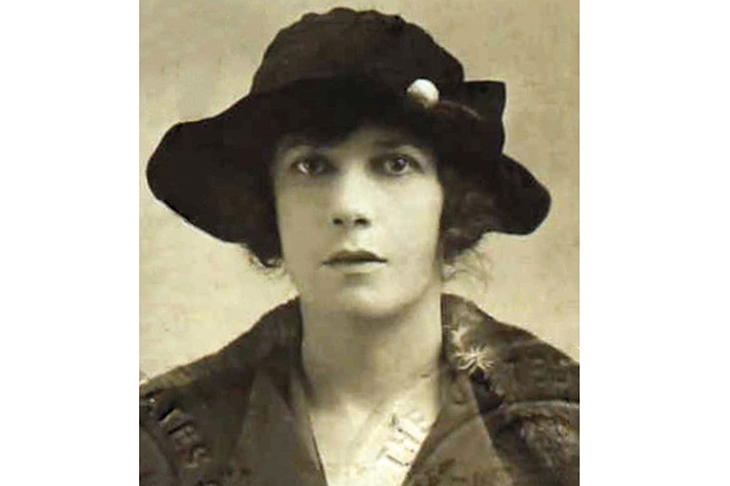
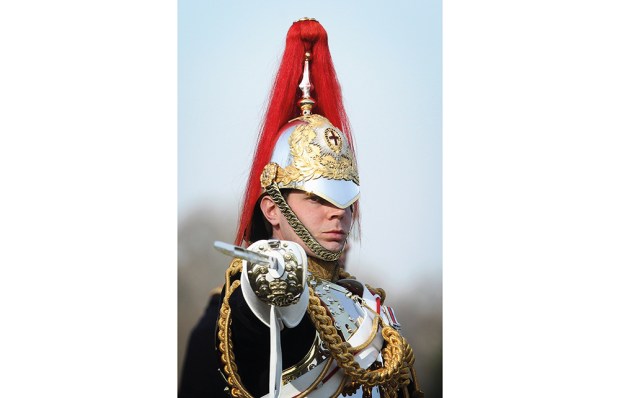
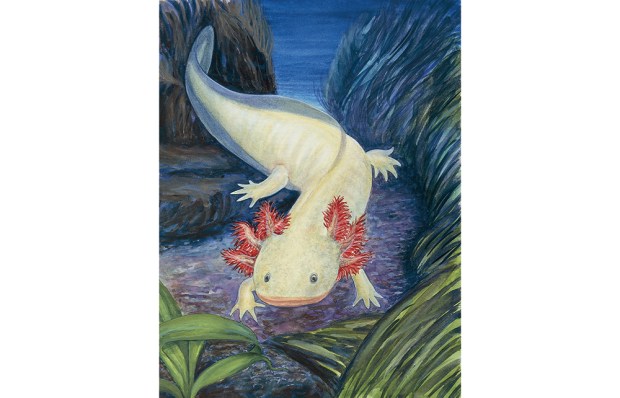
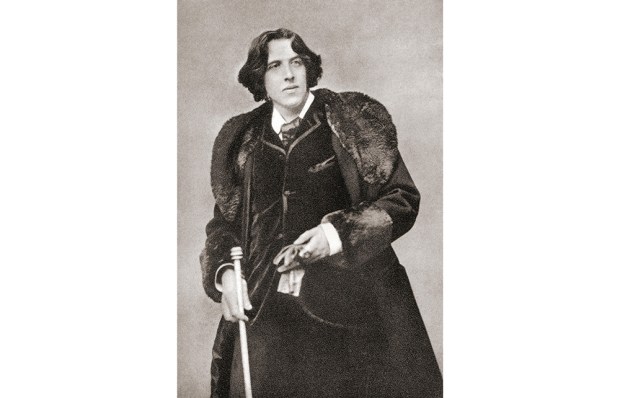
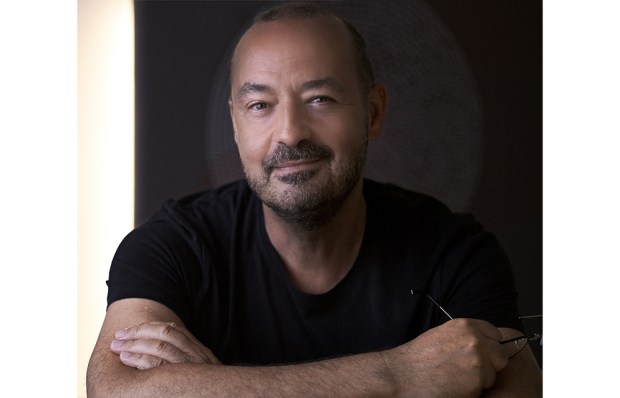
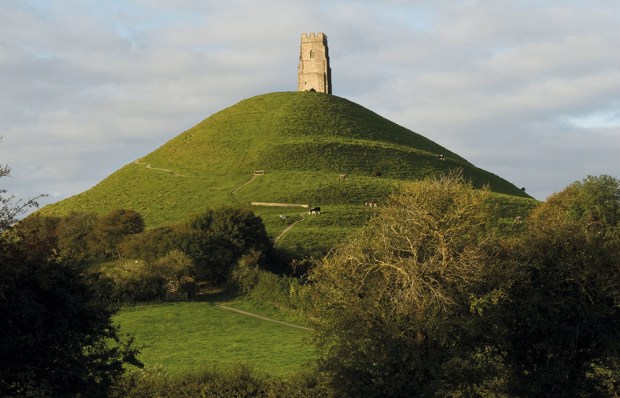
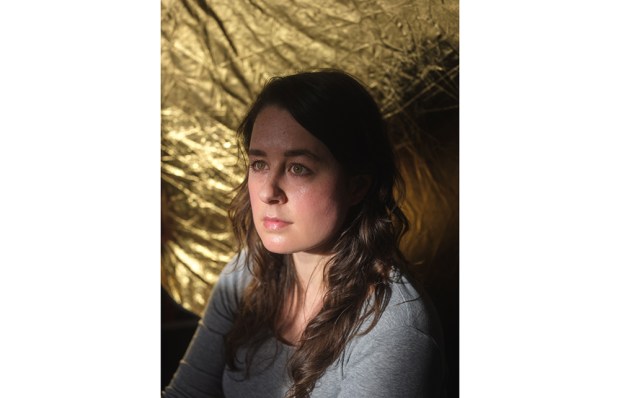






Comments
Don't miss out
Join the conversation with other Spectator Australia readers. Subscribe to leave a comment.
SUBSCRIBEAlready a subscriber? Log in